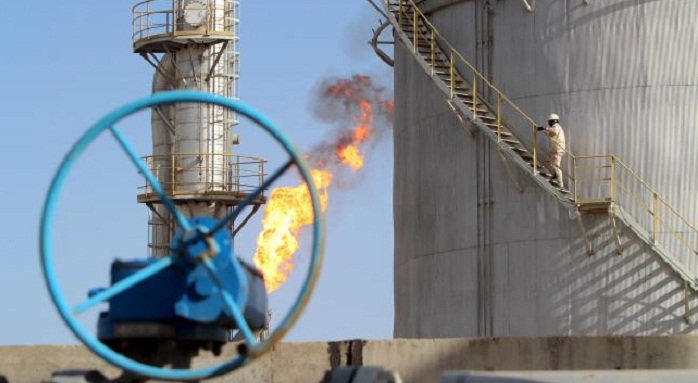Oil rises 5 percent as cold snap boosts demand

"There is no fundamental justification whatsoever to think that the current downtrend is changing," said PVM Oil Associates analyst Tamas Varga.
"All one has to do is look this month`s report from the IEA to see that, especially the first half of this year, the market is going to be oversupplied," he said, referring to a report by the Paris-based International Energy Agency.
Brent LCOc1 was up $1.58 at $30.83 a barrel by 0944 GMT, off this week`s 2003 low of $27.10 and heading for a more than 6 percent weekly gain.
U.S. crude CLc1 was up $1.35 at $30.88 a barrel, set for a weekly rise of over 4 percent.
In its monthly report on Tuesday, the IEA said the oil market would produce more than it consumed for at least another year and risked "drowning in oversupply".
That said, this week traders have bought a raft of derivatives that would give them the option to buy oil at $40 a barrel by the end of the year, suggesting that the worst of the rout may be over for now.
"From a technical standpoint we could bottom at any time since we have breached the post Lehman-Shock lows, but people still feel that inventories will continue to rise as global crude supply continues to outpace demand," said Tony Nunan, oil risk manager at Mitsubishi Corp in Japan.
"Fundamentally, oil prices are already too low if you look at the medium to long term," said Nunan, "but how far will sentiment continue to drive prices is difficult to say."
The higher oil price boosted stock markets, which recorded their largest daily rise in a month.
Freezing weather conditions and snowstorms have gripped the U.S. East Coast and parts of continental Europe, which has fed demand for heating oil and helped boost oil.
The cold weather in North America and Europe follows an extremely mild start to winter in large parts of the northern hemisphere, which had eroded oil consumption.























-1745485667.jpg&h=190&w=280&zc=1&q=100)























